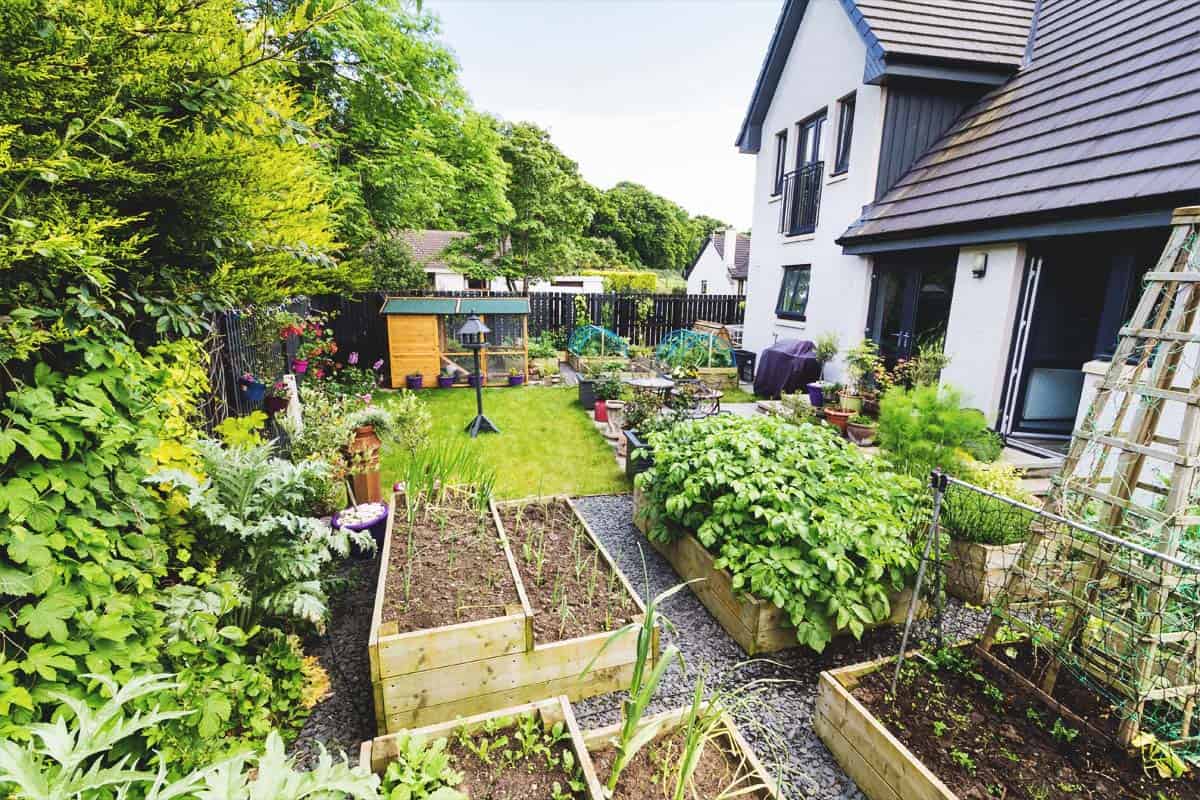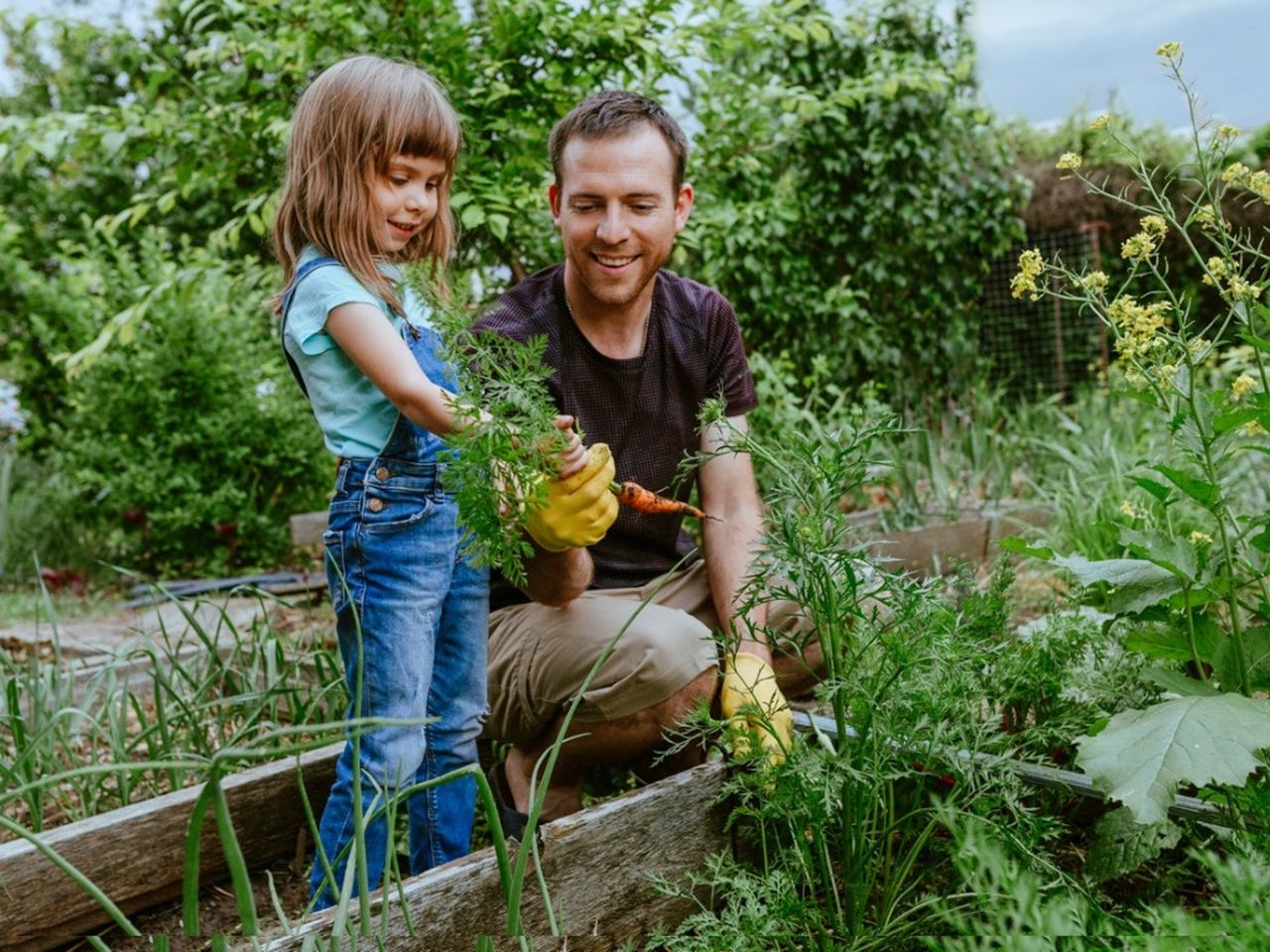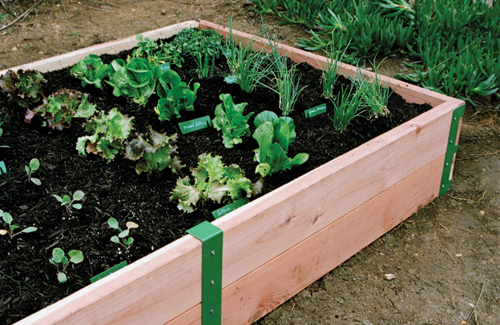How to Get Started with Homestead Gardening at Home
How to Get Started with Homestead Gardening at Home
Blog Article
Discover the Tricks to Developing a Effective and beautiful Horticulture Area
Creating a stunning and productive horticulture area is not merely a matter of planting blossoms and vegetables; it requires a tactical strategy that incorporates different critical components. From choosing the right location based on sunlight and dirt kind to thoughtfully creating your design and choosing ideal plants, each choice plays a critical function in the success of your garden.
Choosing the Right Place
Selecting the ideal area for your garden is critical to its success and overall aesthetic charm. The primary step in this procedure includes assessing sunlight direct exposure, as the majority of plants need a minimum of 6 hours of straight sunshine daily (Homestead Gardening). A south-facing yard commonly receives the most light, while shaded locations can restrain development and blooming
Additionally, consider dirt high quality and water drainage. Well-draining soil is vital to stop water logged origins, which can result in plant diseases. Conducting a dirt test can supply important information concerning pH levels and vitamins and mineral content, allowing you to amend the dirt as necessary.
Additionally, proximity to water resources is another factor to weigh - Homestead Gardening. Having simple accessibility to a hose pipe or watering system can streamline the watering process and urge constant plant care. Wind defense is likewise essential; placing your yard near structures, such as fences or walls, can shield it from extreme winds that might harm fragile plants
Finally, think about availability for maintenance and harvesting. A well-placed garden enables hassle-free gain access to, ensuring that you can quickly often tend to your plants without triggering excessive stress or disturbance. Thoughtful place choice lays the foundation for a prospering yard.
Picking Plants Intelligently
When choosing plants for your yard, it's vital to think about factors such as climate, soil problems, and individual preferences to make sure a unified and efficient space. An extensive understanding of your local climate will guide you in picking plants that flourish in your details atmosphere. Selecting drought-resistant varieties is beneficial in dry regions, while moisture-loving species might be much more ideal for areas with high rains.
Soil conditions are similarly essential; performing a dirt test can reveal pH degrees and nutrition content, enabling you to select plants that will grow. Indigenous plants are often an exceptional option, as they are normally well-adapted to neighborhood soil kinds and need much less maintenance.
In addition, consider your horticulture goals. Are you aiming for a decorative display, a veggie garden, or perhaps a mix of both? This will certainly affect your selections dramatically. Last but not least, assess your individual preferences-- choosing plants that reverberate with your aesthetic preferences will boost your satisfaction and commitment to keeping your yard. By very carefully evaluating these elements, you can develop a flourishing and diverse plant selection that boosts your gardening experience.
Creating Your Yard Layout
With a thoughtfully chosen plant choice in hand, the next action is to develop a yard format that makes the most of both charm and functionality. Begin by assessing the readily available area, thinking about aspects such as sunshine, wind, and color patterns. A well-planned layout should include various zones, including locations for growing, paths, and perhaps seating.
Beginning with bigger plants or prime focus, such as trees or tall perennials, official website placed purposefully to create visual passion. Layer smaller sized plants ahead to boost depth and appearance. Consider the development behaviors of your chosen plants; taller selections should be positioned at the back or facility of beds, while shorter ones can line the edges.
Integrating paths not just facilitates accessibility for maintenance yet additionally invites exploration. Usage products that match the yard's total aesthetic, whether timber, stone, or crushed rock chips.
In addition, think of seasonal adjustments and just how your format will look throughout the year. Integrating evergreens alongside seasonal flowers can make certain year-round appeal. Inevitably, a well-designed garden format harmonizes the all-natural charm of plants with practical factors to consider, leading to a space that is both inviting and effective.
Enhancing Dirt Wellness

To boost soil health, start by performing a soil test to assess pH levels, nutrient material, and soil appearance. Include natural issue such as garden compost, well-rotted manure, or fallen leave mold to enhance soil framework, water retention, and microbial task.
Mulching is an additional efficient strategy; it not only conserves dampness but also subdues weeds and slowly enriches the soil as it breaks down. Preventing too much husbandry is essential, as it can interrupt dirt framework and harm valuable organisms. Instead, take on no-till or marginal tillage techniques to maintain dirt honesty.

Keeping Your Garden Properly
A well-kept why not try these out garden is a resource of pride and performance, calling for consistent interest to make sure that plants flourish and the landscape stays inviting. Reliable garden upkeep involves several crucial methods that improve the health and wellness of your plants and the overall visual of your additional resources area.
Normal watering is important; however, it is very important to tailor your watering timetable based on the specific requirements of your plants and local environment conditions. Mulching can assist keep dampness, subdue weeds, and control soil temperature level. Furthermore, timely weeding stops competitors for nutrients and sources, guaranteeing that your plants prosper.
Trimming is an additional necessary job. It urges healthy and balanced growth, removes diseased or dead branches, and shapes plants to keep an appealing structure. In addition, checking for conditions and insects is essential; early detection and treatment can conserve your plants from considerable damage.
Fertilizing ought to be performed thoughtfully, using organic choices whenever feasible to promote long-term soil health and wellness. Seasonal jobs such as planting, dividing perennials, and preparing for winter months will certainly ensure your yard remains lively year-round. By following these techniques faithfully, you can grow a garden that is both effective and attractive.
Verdict
Choosing a suitable place with adequate sunlight, picking ideal plants, making an aesthetically pleasing format, enhancing dirt health, and guaranteeing normal maintenance are crucial elements. By integrating these methods, one can cultivate a thriving yard that not only boosts the landscape however additionally promotes eco-friendly balance and sustainability.
From picking the right location based on sunlight and soil kind to thoughtfully developing your design and selecting suitable plants, each choice plays a crucial duty in the success of your yard. Well-draining dirt is essential to stop water logged roots, which can lead to plant illness.When picking plants for your yard, it's important to take into consideration aspects such as environment, soil conditions, and individual choices to make sure a unified and productive space. Inevitably, a well-designed yard format balances the all-natural elegance of plants with useful considerations, resulting in a space that is both inviting and efficient.

Report this page